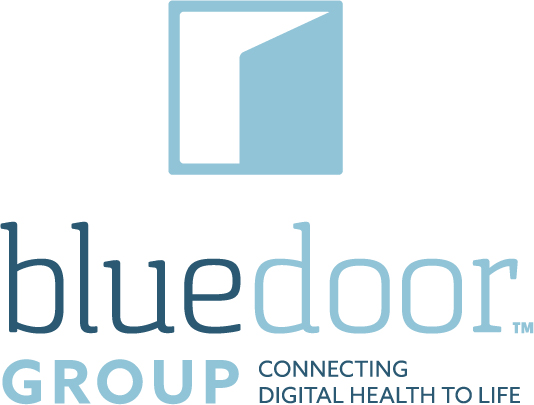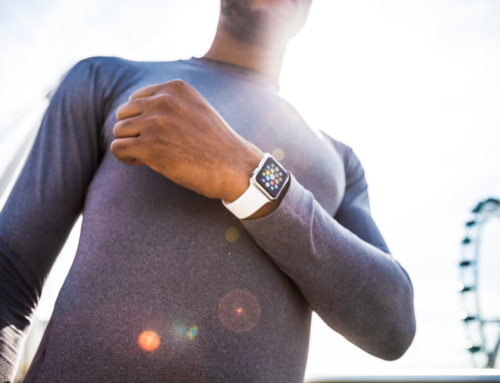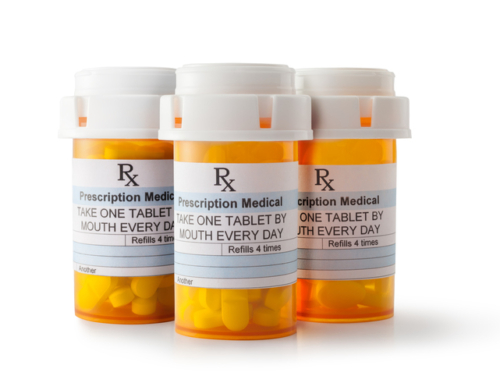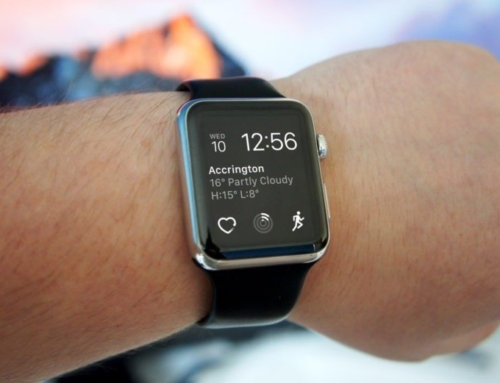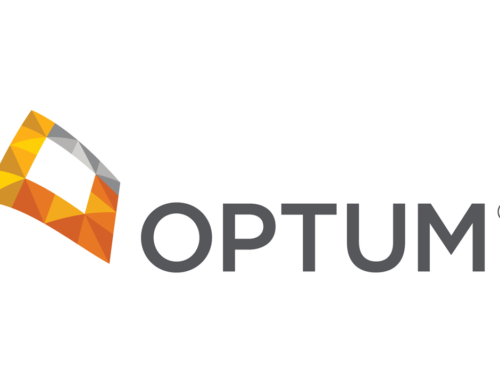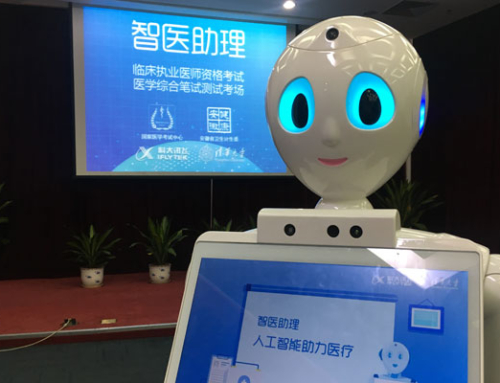By Jonah Comstock | Nov 3, 2017
Wearables and remote patient monitoring are being used more and more in hospitals, but barriers to their use still persist. At the Connected Health Conference in Boston last week, doctors and industry insiders went back and forth on how useful wearables are today, as well as offering a range of insights on what still needs to happen before they’re more widely deployed.
Dr. James Mault, chief medical officer at Qualcomm Life, which facilitates remote monitoring technologies for many providers, articulated the usefulness of the technology in the present day.
“We as clinicians tend to think of our clinical world in the hospital,” Mault said. “The problem is as soon as somebody leaves the hospital we have no data. It’s a black hole. We pat you on the back, we give you a list of medications to pick up on the way out the door, here’s a follow up appointment six weeks from now. Good luck! Hope everything goes ok! And we really have no idea on a day-to-day basis — after you’ve had heart surgery, after you’ve had a total knee replacement — what’s going on with this person. And now we have a wearable device that has the ability to collect very simple information. Well guess what? That simple information is way more than what I’ve got right now because I got jack nothing.”
But healthcare innovators expect more out of wearables than to just be better than nothing. Distilled from presentations at CHC, here’s five things that need to happen for wearables in healthcare to achieve their full potential.
1. More and better sensors
Dr. Richard Milani, chief clinical transformation officer at Ochsner Health System said in one panel discussion that right now wearables still don’t measure enough to be widely useful clinically.
“Today we’ve obviously got activity data which is so important on a wearable. We like to talk about sleep data but it’s not really very valuable because it’s not accurate enough. If you just go to any provider organization and say ‘Is that going to be useful to you?’ providers will say ‘Obviously not,’” he said. “What’s going to be really valuable from a wearable perspective is around the corner from where we are today. Now you can do [atrial fibrillation], that could be very important. I would say that’s probably the biggest breakthrough in a standard wearable that I can see to be impactful today.”
In addition to atrial fibrillation, Milani also mentioned glucose monitoring as something that would be useful once the technology advanced a little further and could really be delivered in a non-invasive wearable.
“Currently the data is quite limited in terms of what we collect from wearables,” he said. “What’s coming around the corner is quite exciting.”
2. Workflow integration
Drew Schiller, CEO and cofounder of Validic, which helps hospitals process and manage data from remote monitoring devices, said that his company is struggling now with the fundamental tensions between EHRs and wearable technology.
“How do we map the consumer data model, which is data from wearables, continuous monitoring devices, etc., onto an episodic care model of a clinical environment?” Schiller said. “The EHR is very episodic. The patient comes in, there’s an encounter, you send them on their way. And that encounter is lost. Those two worlds don’t map very well. It’s a big challenge.”
Dr. Jordan Shlain, founder and CEO of HealthLoop, put it another way, describing the EHR and remote monitoring as two pieces of a puzzle.
“A lot of the technology that we built, like the EHR and the PHR are great, but they both end in the letter R, which stands for record. And that tells you what happened in the past,” he said. “It doesn’t tell you what’s happening right now. And I think the more interesting bit of what remote monitoring can do is to tell you what’s happening, not what happened. You need both, but the record isn’t the answer. It’s one of the puzzle pieces. And technology, what I think the real power of it will be, is to know what’s happening and then what will happen — to anticipate.”
The key to cracking this nut — which is easier said than done — is the creation of intelligent systems.
“Just throwing it into the EMR, frankly, is pretty much a loser,” Mault said. “Nobody wants a thousand blood pressure measurements every morning landing in their EMR, even if they’ve got a threshold component. The intelligent systems, basically the autopilot system that’s got to watch the data, not just one piece of data but contextual data, it’s basically an intelligence layer that watches the data and says ‘Out of 1000 patients, here are the 5 who need your attention today.’ That’s how you’re going to flip the cost curve and take care of more patients at a fraction of the cost and get better outcomes.”
3. Data accuracy and reliability
Mault pointed out that devices need to not only be accurate, but, as a point of professional pride, physicians have to be able to trust that they’re accurate.
“You’re saying ‘Ok doctor, even though you were brought up as a physician, from the day you took your Hippocratic Oath, that you would do no harm, and in fact up until 2016 it was a felony crime to send a bill to Medicare if you didn’t physically see that patient in person, now we’re saying ‘forget all that’,” he said. “We’re going to have you take care of hundreds or thousands of patients without examining them yourself, their data will be ported in digitally. People will measure their glucose, their blood pressure, their weight. And now you are going to be making medical decisions, adjusting their medications, changing their treatment regiment based on this data flowing in.”
In another role as chairman of the Consumer Technology Association Health and Fitness Technology Board, Mault is working on a scheme to address this problem by mandating labeling of monitoring devices.
“The point being if you buy a device at Walgreens and it supposedly measures heart rate or blood pressure, there should be a label — just like the food label on the food you buy at the grocery store— that says ‘the accuracy of this device is +/- 3 percent, but this device is +/- 20 percent,” he said “Which device would your doctor rather you use at home? Hopefully you have the ability to know that and make that decision, but just as importantly when that data gets transmitted into whatever EMR it’s going to land in, those systems we need as clinicians are going to need to be able to present to [us] the origin of that data and the accuracy of that measurement from the device that it’s coming from.”
4. User retention
Alexis Normand, head of B2B at Nokia Digital Health, also identified accuracy as a problem. Additionally, though, he said Nokia Digital Health (formerly Withings) thinks a lot about how devices will only deliver on their potential if people use them.
“We see the value but we also see the challenge, which is to retain people, get them to keep their devices, and to convince clinicians the data is accurate, it’s reliable” he said. “There is a lot of hope in the future that we’ll know everything, but right now the work in the design of the device itself is to keep the data flowing. It’s easy to say it’s all going to work but you have to have a device people will keep using in the long term. You have to be able to convince a clinician that the data is reliable, and you need retention as well.”
Part of retention is not being married to the idea of a wearable, Normand said.
“It’s not all about wearables. A scale, a sensor in a bed, a blood pressure monitor— a lot of our work is on validating the data and it’s on keeping people using them and keeping the engagement,” he said. “And a lot of this isn’t about inventing a practice or a habit that people didn’t have. So we did a watch because we thought people had a watch. Not new devices but enriching your existing devices. We connected a scale. We connected your bed. I see more value in creating that retention.”
Milani agreed that focusing on wearables for wearables’ sake can be limiting.
“Wearables are an important part of our future, but what we seek is information,” he said. “The best information. And it’s not always a wearable. I can get information by asking a question via text or by telephone tracking. It’s a very low cost intervention that gives me an enormous amount of information.”
For Mault’s part, he thinks the solution lies in making wearables smaller and cheaper, like the biometric patches Qualcomm Life is currently working on.
“That’s the key: it’s got to be so simple, it’s effortless and that’s how you’re going to see this become much more ubiquitous and also more cost-effective,” he said. “You’ll start to see these kinds of things, when you’re scheduled for surgery your insurance company will mail one of these things to you and you’ll just put this sticker on for 24 hours and now the anesthesiologist will have a baseline profile of your signature of how you move, your respiratory pattern, your body temperature.”
5. Payment models
The move from volume-based to value-based care is happening slower than expected, and that can make it hard to get a remote monitoring intervention off the ground.
“In addition to technology being an enabler, the way you’re paid is an enabler,” Dr. Karen DeSalvo, former National Coordinator for Health IT, said in another session. “… What I see is the more flexibility that health systems and doctors and others have with the way they’re paid, the more creative and innovative they get.”
For those still laboring under fee for service, reimbursement is still hard to come by.
“Medicare doesn’t pay for a lot and Medicaid doesn’t pay for anything,” Milani said. “These are all highly variable, and I have a responsibility to make sure my interventions are available to all people who walk through my door, not just the people who are paid per claim. So these are all considerations we have to make in the delivery of care that gives us the best outcomes at the lowest cost.”
For vendors, even getting in the door often happens at the whim of budgets that don’t seem innovation-friendly.
“When we talk to hospital systems and say ‘Here’s a solution that works’ they say ‘We don’t really have the budget for that, we’re trying to make cuts’,” he said. “In healthcare when you buy something you don’t get the result for a while. So there’s this leap you have to make. It’s hard to change a tire on a moving car, and all these companies who make money seeing sick people, they don’t know how not to. And it’s a real-world hazard.”
